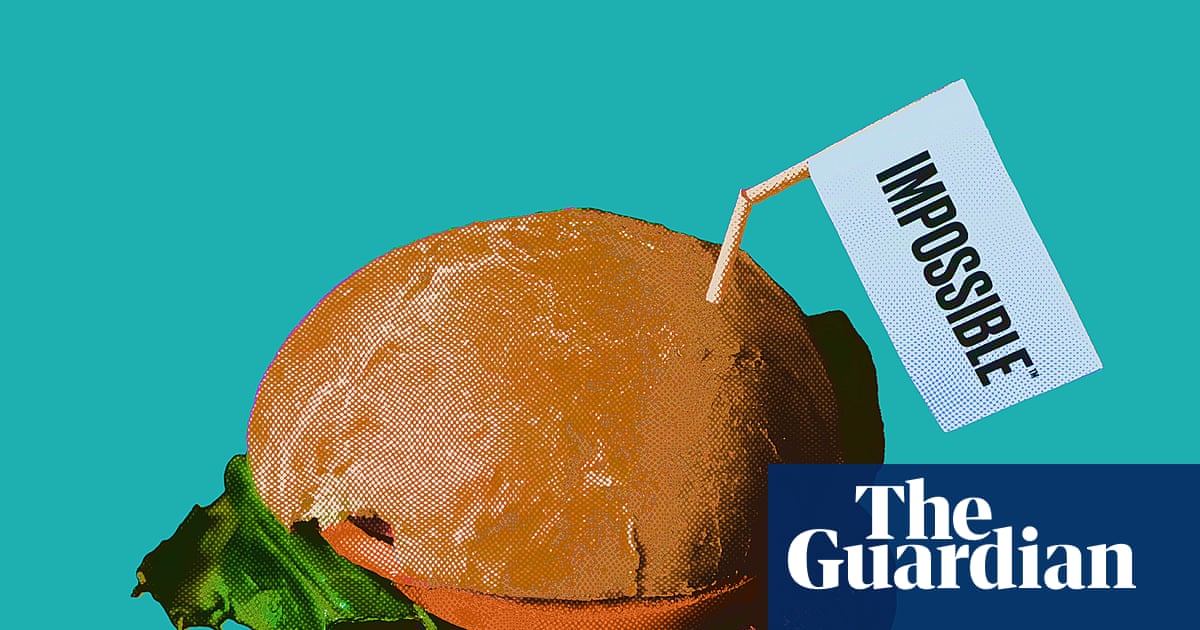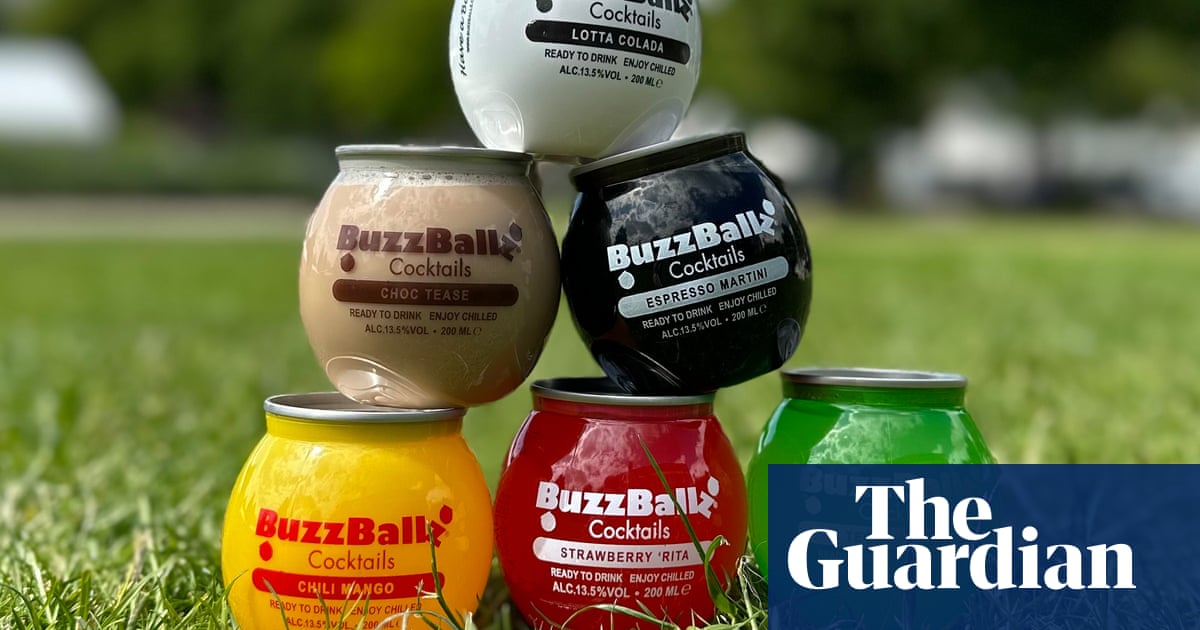I started my growing season late this year. Life got in the way. By the time I was able to get stuck in, my veg patch was busily filling up with plants that had found their own way there. Now, I’m firmly in the camp of those who believe a weed is simply a plant that’s not where we’d like it to be. Our growing spaces and the creatures that dwell in them benefit from the gardeners who are able to live with some uninvited plants.
That said, my veg patch had become something of a wilderness and, while there are plenty of so-called weeds I am happy to host, some had to go if I was to grow the edible plants I love this year.
First on the chopping block was creeping buttercup. Both pollinators and I adore their flowers, but with their capacity to spread by throwing out runners and tentacle-like roots, they had covered half a vegetable bed and the paths around it. Its botanical name, Ranunculus repens, describes its horizontal growth habit – repens being the Latin for creeping.
Another plant with the same creeping moniker is the perennial couch grass Elymus repens, which also spreads through the soil by developing a tangle of roots and underground stems from which wide blades of grass emerge. While not an issue in the wilder parts of my garden – and welcomed by moths and butterflies when in flower, and as food for some larvae – its rampant spread needs curtailing in my veg patch. Unearthing its cable-like roots and rhizomes, or underground stems, can be disruptive but, by approaching it slowly and steadily, they can be ousted without too much soil disturbance. It’s a Sisyphean task, though, as couch grass can regrow from any segment that’s left behind.
Next up, dock. This is another species needed by a plethora of insects yet, as each plant develops a hefty tap root and can produce thousands of seeds that remain viable in soil for years, docks need to go! Excavation can be messy, so I’m careful to replace the soil when the job is done.
Last, any ephemeral plants – those that can move through a full lifecycle several times a season, such as chickweed, bittercress and groundsel – can be easily removed by hand or hoe. They’re not of huge concern, but their ability to reproduce at pace is not something I want to encourage.
Most of these so-called weeds grow near the wire fence around my patch. Beyond this is a field filled with these plants in flower and the insects that feast on them. So I have to contend with uninvited plants every year, but can be sure that considered weeding won’t unduly affect the ecosystem. If that were not so, I’d probably hand over more of my garden to these often beneficial, if over-zealous interlopers.

 3 months ago
56
3 months ago
56

















































